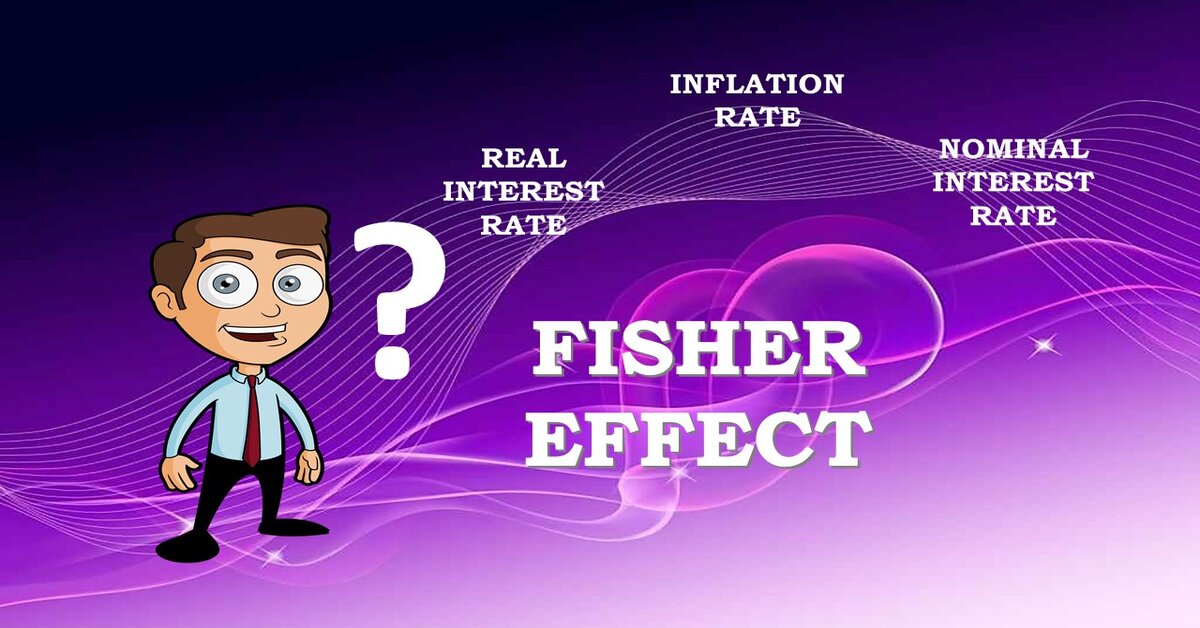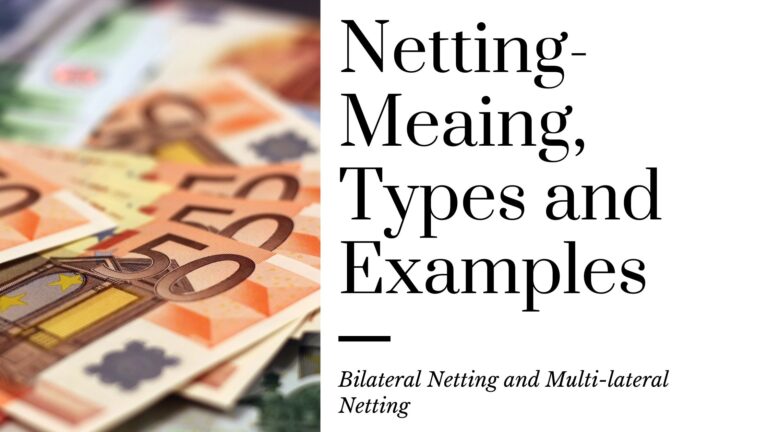What is Fisher Effect Theory?
Fisher Effect theory is created by economist Irving Fisher. According to this theory real interest rate equal to nominal interest rate minus expected inflation rate but this is an approximate estimation. This theory decomposes nominal interest rate into real interest rate and inflation rate.
(r) Compounded with inflation rate ( i )
Real Rate ( r ) —————————————————————— Nominal Rate ( R )
The accurate or absolute equation using continuous compounding is –
(1 + r) (1 + i ) = ( 1 + R )
If ‘r’ is constant across the globe the inflation difference between two countries should be equal to nominal interest rate differential.
Now let’s analyse this theory. Under this model there are three component which are Real Interest Rate, Inflation Rate and Nominal Interest Rate. Nominal is the combination of real interest rate and inflation rate. Therefore, real interest rate will decrease if inflation rate increases unless nominal interest rate increases at the same rate as inflation.
Example-
Price of a freeze is Rs. 10,000 today and Inflation rate in India is 5% then after a year the price of a freeze would be Rs. 10,500. Mr. Rustam has deposited Rs. 10,000 in ICICI Bank and he got the interest rate of 6%. After one-year Rustam will get Rs.10,600 from ICICI Bank.
Now let’s decode the above example for better understanding of this theory. In above example Nominal Interest rate is 6% and inflation rate is 5%, therefore, as per fisher effect theory real interest rate would be 1% (6% – 5%). In above example have you noticed that your money is actually grown by Rs. 100 (Rs. 10,600 – Rs. 10,500) only and not by Rs. 600 because the prices of goods will also increase due to inflation.
Now in above example you can also say that after the time period of one year the purchasing power of Mr. Rustam is increased by only 1%. Real interest rate also indicates the purchasing power.
Other Theories for Exchange Rate Determination
Following are the some other exchange rate determination theory –




